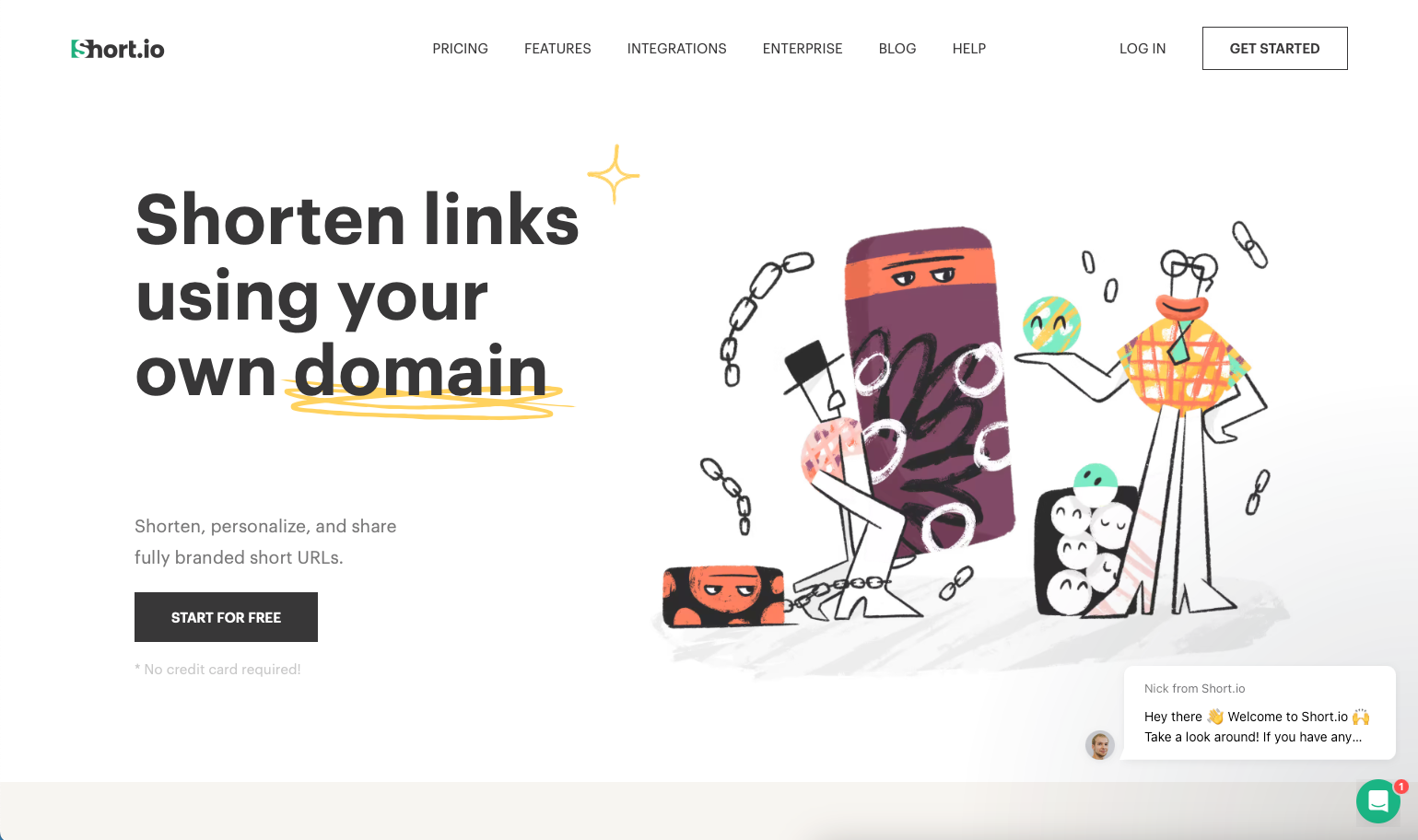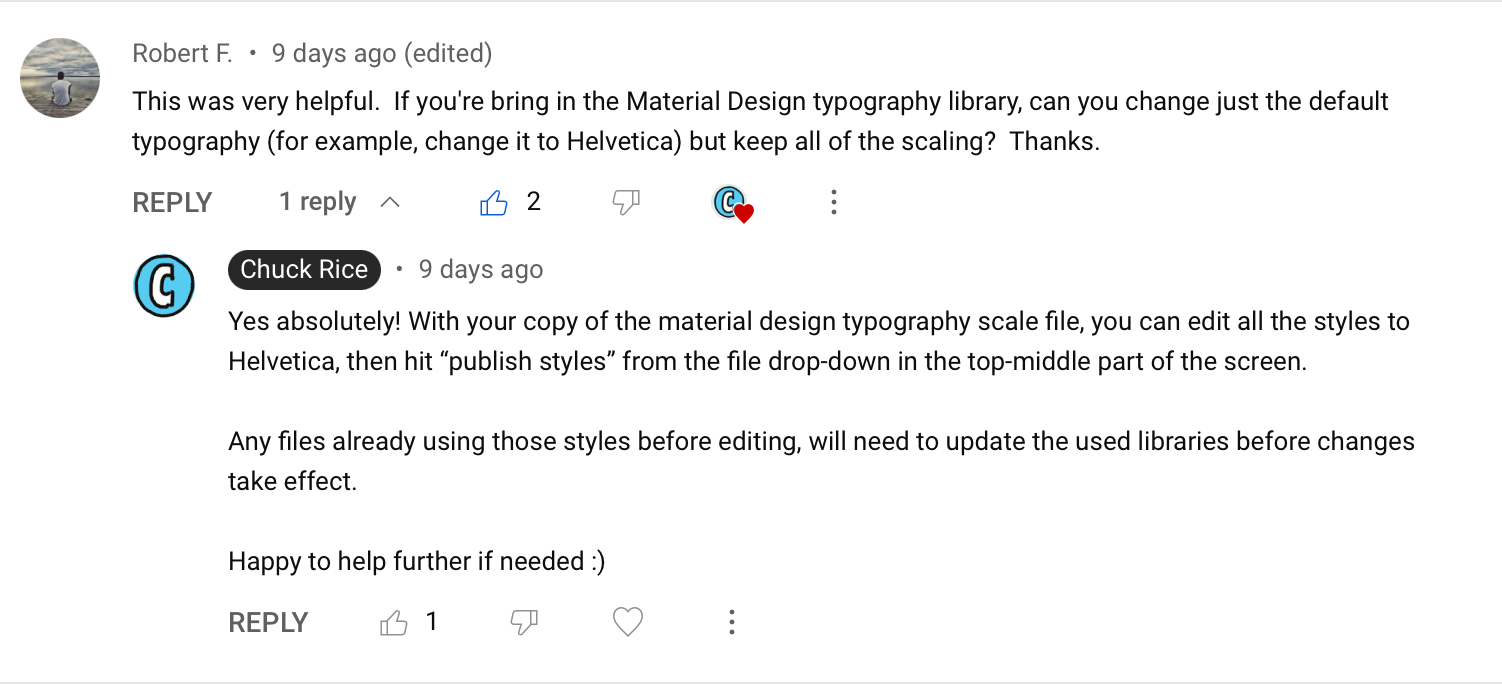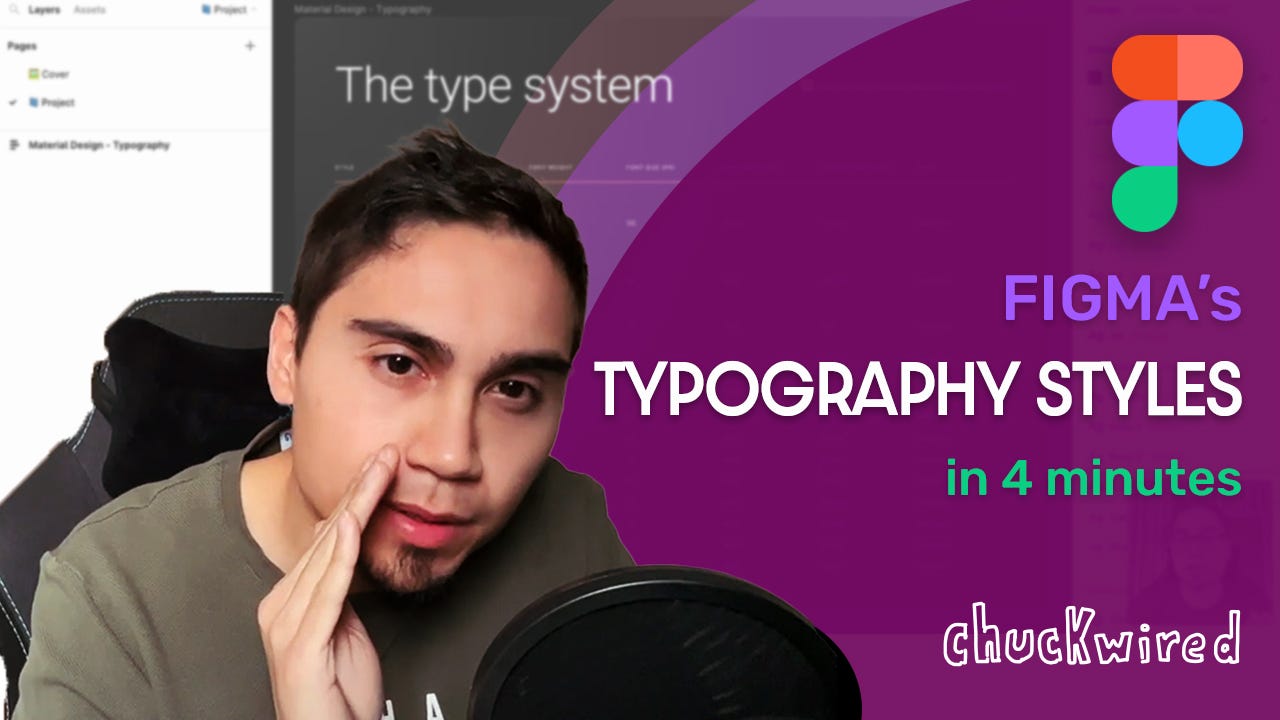Seniors, you’ve Eminem’d your career. Where to next?
How to remain happy when you’ve had your fill of learning, progression, and recognition in your design career. Illustrated using Eminem and cheat codes.

A monthly story from me around personal growth, as well as a collection of articles, links, and podcasts I’ve been enjoying or creating.
Working in tech is great for those who can’t seem to quench their thirst for learning, progression, and recognition. You can climb the career ladder, become an expert in a niche, and perhaps one day take centre stage and present your work and ideas to thousands across the globe.
As you speak your heart out, you feel the energy in the room—people either nod in agreement, or are mesmerised by your stories. Not a soul in the crowd is distracted, checking out who’s talk is next. By the end of your carefully curated journey, the response is palpable:
You’ve truly, struck a chord.
What Eminem has to do with tech
There are many celebrities and personalities that come and go, and only a handful that stick around longer than the stinky leftovers in the back of your fridge. Of those that remain on the scene, they tend to consistently be household favourites.
Eminem is arguable one that fits that bill, but doesn’t seem to have put anything out recently.
“Why is that,” you might be asking?
Well, the answer comes from none other than Snoop Dogg.
LadBible’s (ew, yes I know) piece “Snoop Dog explains why Eminem doesn’t do much anymore” really got me thinking, and I felt it was worth a share. Here’s the TLDR for ya:
“He do what he have to do, but I think when you’ve been the biggest rapper in the world for so many years, it’s like what more can you do?”
—Snoop Dogg, on the Fullsend Podcast, YouTube
For me, the proverbial penny dropped hard there. Just think about it—many of us in the tech industry come in, do some incredible work with incredible people, and at some point, you’ll peak.
One day, you’ll have either nowhere left to grow, or fulfilled your dream.
Nowhere left to grow
In terms of growth, this brings up the classic debate:
Craft, or manager path?
Nowadays, it’s perfectly possible for your compensation to grow healthily without having to go down the managerial route. Principal Designers and Staff Designers are not easy roles to get a hold of (trust me, I’ve tried).
In terms of fulfilling your dreams, that could be something like:
- Speaking at Figma’s Config conference (one day!)
- Working at your dream company
- Making a lasting impact on a beloved mission
- Selling your shares for retirement money
- Earning enough to support the family you’ve always wanted
- Buying a house with a garden for your lockdown dog
Or some other goal you’ve set yourself.
None of these is more prestigious than the other, by the way. They all have equal merit.
Once you’ve achieved what you wanted, it can be an empty feeling. Where do you go after Eminem-ing your career?
Cheat code to happiness
Ok, maybe I’ve convinced you how Eminem is related to design, but what about cheat codes? Well, it’s a double edged sword. Allow me to explain:
Ruining the fun
When I was young, some cheat codes were fun. They’d add an extra dimension to the game, and I wouldn’t normally discover them until much later. Back in those days, the codes were published in magazines. I’d get to enjoy the game as intended until my grandma sent me the latest edition.
As access to the internet became easier, all of a sudden you could stroll through many games without a challenge using codes published online. It was funny, at first, but it meant the value in playing the game was suddenly gone.
- No more did I have to grind to get better equipment.
- No more did I have to learn to play well.
- No more did I worry about my remaining lives.
I spoiled what makes games worth playing—the challenge. It’s probably why many of us are drawn to tech as a career, and the challenges it has.
When used correctly, however, cheat codes can be incredible.
A thought experiment
Instead of using cheat codes to brute force my way through a game, I could use them to accelerate my learning.
- Struggling with one part of the game? Use unlimited health to learn the whole sequence.
- Missed an opportunity to get that special weapon? Magically make one appear.
- Got everything in theory to grind it out for real, but you‘re busy with a new child in your life? Skip the grind!
In that same vein, even if you haven’t reached the “peak” of your career yet, take some time to think about what’s next.
Visualising your end goal
Let’s pretend you could auto-magically achieve those goals you had, using a cheat code. What would you do next? It’s not an easy question to answer, but if you’re fortunate enough to consider asking the question, it’s definitely worth exploring.
Tim Ferriss talks about this concept in The 4-hour Workweek. Why wait for retirement at some arbitrary age? If you figure out you can live your dream lifestyle 30 years earlier, do it! Almost everyone doesn’t do the homework needed to figure out if it’s possible or not, and it might be more attainable than you think.
If you’re not sure, Tim suggests take a mini-retirement every 10 years.
There’s no rulebook.
You can take time out to reward yourself and come back to it after some time out. If that’s not possible for you, see if you can carve out some time to do some serious thinking about you, and what you want for yourself. Even if that means doing a little bit of quiet quitting, or whatever the kids call it these days.
Quiet quitting doesn’t necessarily mean you aren’t putting in 100% for your work or employer, by the way. Putting in 100% means turning up every single day. 100% effort every day is a one-way ticket to burnout, after all.
What would Chuck do?
Honestly, here’s my own story, to help you work with something concrete.
After a tough breakup, I found a book that left me with some lasting lessons: No More Mr. Nice Guy by Robert Glover. One of the exercises was to dream up the life that I wanted for myself, if everyone else would be happy no matter what I decided.
It was difficult, but essential. I wrote the following on a piece of paper I still keep by my bedside to this day:
- A badass car 🚗💨
- A dog 🐶
- Loving, incredible people to share my life with 👥
- Feel topless confident all-year round 💪
- Full-time ideation/synthesising solutions for a job 🎨
For the most part, I feel I’ve reached the life I wanted to have. Sure I could go for a bigger, badder car, or get a dog for my dog, but I’m content with what I’ve cultivated. I don’t feel the need to rush to retirement to be happy, because I’m learning to enjoy the present.
There’s only one more thing I’d add to the list now though:
Empower others to take on their own meaningful missions, by teaching what I know about design 🎓.
When starting out your adult life and career, it can be incredibly motivating to try and achieve some goals you’ve set yourself. Score that promotion, earn that pay check, and change the world. But have you ever stopped to think about what happens afterwards?
Eminem’s reached an incredible high point in his career, and it’s totally understandable he may feel confused or even empty. To avoid the same abrupt feeling about your design career, use a “cheat code” and pretend to fast forward your accomplishments.
You’re now a Staff Designer or Design Manager, you’ve sold your shares for more money than you’ll ever need, or you’ve made a permanent, long-lasting impact on a mission you hold dear to your heart.
What now?
Liked this? Forward to a friend, subscribe to my newsletter, Medium, YouTube, or become a Medium member to support my writing (and other writers, too!).

👀 What I’ve been reading
👾 Gamification in UX. Increasing User Engagement. by tubik
Inherent to designing digital tools, services, and experiences is to nudge users down a particular path. Gamification was once a hot topic, but there’s still many under-utilised techniques we can leverage from the game world today. When used well, we can give our users the motivation to get through their work.
🎭 The Power of Merging Development and UX/UI Design Skills: A Personal Journey by Ana Peric Ursic
I’m always interested to see other people’s experiences merging the two disciplines. It’s not for everyone, but most people I know who can get to a decent level at both skills are able to see the bigger picture more easily.
🧠 Lessons of Design by Fabricio Teixeira
A long piece, but a must-read for all designers. It’s almost poetic in structure, but there’s some real valuable takeaways for both newcomers and long-time veterans. Bookmark, and browse Fabricio’s musings when you need a reminder why you wanted to be a designer in the first place.
✍️ What I’ve been writing

The cheapest way to get a custom, branded short-link domain
How I got chk.fyi and 1,000 short links per year, for £2.14.
🎬 The No Bull Guide to Figma
Can you believe it’s been a month since I released my crash course on learning to use Figma? Here’s some quick stats:
- 1,670 minutes watched
- 28 students on Skillshare
- 38 subscribers on YouTube
That’s incredible. I’m hugely grateful, and hope to teach even more people over time.
Here’s some comments I’ve received:


You can learn more about the No Bull Guide to Figma using this link: https://chk.fyi/NBGtF
And here’s some direct, free YouTube links if you’re already convinced:
- Windows and Panels in 5 minutes
- Tools and their keyboard in 5 minutes
- Pages and page naming best practices in 5 minutes
- Border radius and shape editing in 5 minutes
- Lines and arrows in 3 minutes
- Colour styles in 4 minutes
- Typography styles in 4 minutes
- Groups in 4 minutes
I recommend watching Typography styles, as it’s the most popular.

🎙️ Diary of Design Thinking podcast

What does Design Feedback have to do with GTA Weapons!?
We discuss design feedback the right way, how to handle aggressive feedback, and techniques for lowering your defences while maintaining your dignity.
Listen now on Spotify and Apple Podcasts.
🗞️ In case you missed the last edition

On a scale of 0 to Lewis Capaldi, how authentic are you?
License to be authentic, Windows 95 UI kits, learn Figma fast, and my favourite writes and reads of March 2023.
Liked this? Forward to a friend, subscribe to my newsletter, Medium, YouTube, or become a Medium member to support my writing (and other writers, too!).
